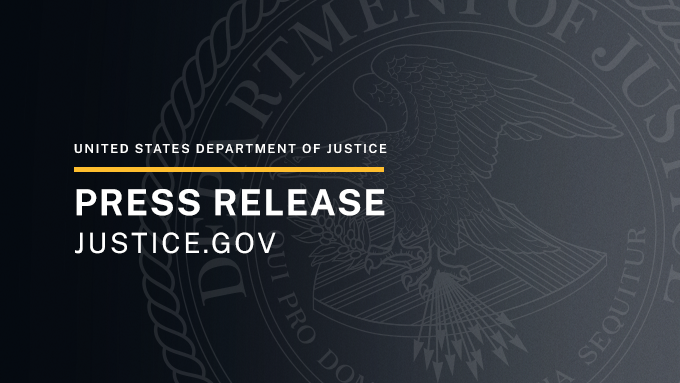I did not have any other activities to engage in except for reading the article. The way in which they got caught was truly intriguing.
Investigation started by identifying multiple locations involved in the prostitution network, referred to as "Target Locations." These locations included residences in Cambridge, Massachusetts, and Torrance, California, as well as other apartments in Massachusetts and Virginia.
The next step was monitoring the two websites used by the co-conspirators to advertise their services. Law enforcement tracked the activities and advertisements on these websites, which offered appointments with Asian women in either greater Boston or eastern Virginia.
The websites had a verification process for first-time clients, requiring them to provide personal information, such as their names, email addresses, phone numbers, employers, and references. Once verified, clients could book appointments, and further communication about the appointments occurred through text message exchanges with telephone numbers associated with the websites.
Law enforcement interviewed approximately twenty sex buyers involved in the prostitution network. These buyers described arranging to meet at specific apartments, including some of the Target Locations, for the purpose of engaging in commercial sex. One buyer even mentioned receiving a text message with a "menu" of available options at the brothel.
Various methods of evidence collection were used in the investigation, including physical and video surveillance, public records, business records, financial records, and witness interviews. Law enforcement also obtained court-authorized cell-phone location information.
Through these investigative steps, law enforcement agencies were able to gather sufficient probable cause evidence to support the criminal complaint against the individuals involved in the interstate prostitution network.
Are several reasons why prostitution laws in the USA tend to be stricter than in Canada. Firstly, the cultural and historical factors play a significant role, as the United States has a long history of Puritanical values and a more conservative approach to issues related to sex and morality. This cultural background has influenced the perception and regulation of prostitution, leading to stricter laws.
Another factor is the federalism and legal jurisdiction in the United States. Prostitution laws are determined at both federal and state levels, resulting in a patchwork of regulations across different states. Some states have chosen to criminalize prostitution more heavily, while others have adopted a more lenient approach. In contrast, Canada has a more centralized legal system, allowing for nationwide legislation that is consistent across provinces.
Legal precedent acts as another reason for the stricter prostitution laws in the United States. The country has a significant legal history that treats prostitution as a criminal activity, with the Supreme Court ruling in 1917 (known as the Mann Act) and subsequent cases further reinforcing this stance. This legal precedent has made it more difficult for legal challenges to effectively decriminalize or regulate prostitution.
Moreover, the United States predominantly adopts an abolitionist approach to prostitution, viewing it as inherently exploitative and harmful. This approach emphasizes the criminalization of sex buyers, pimps, and traffickers, in addition to offering support and rehabilitation to individuals involved in prostitution. In Canada, there is a more varied approach that includes elements of decriminalization, regulation, and harm reduction.
Lastly, differences in public opinion and political climate contribute to the stricter prostitution laws in the United States. There is broader acceptance of sex work as a form of labor and a growing movement to decriminalize and protect the rights of sex workers in Canada. In contrast, the political climate in the United States is more contentious, making significant reforms to prostitution laws more challenging to achieve.






